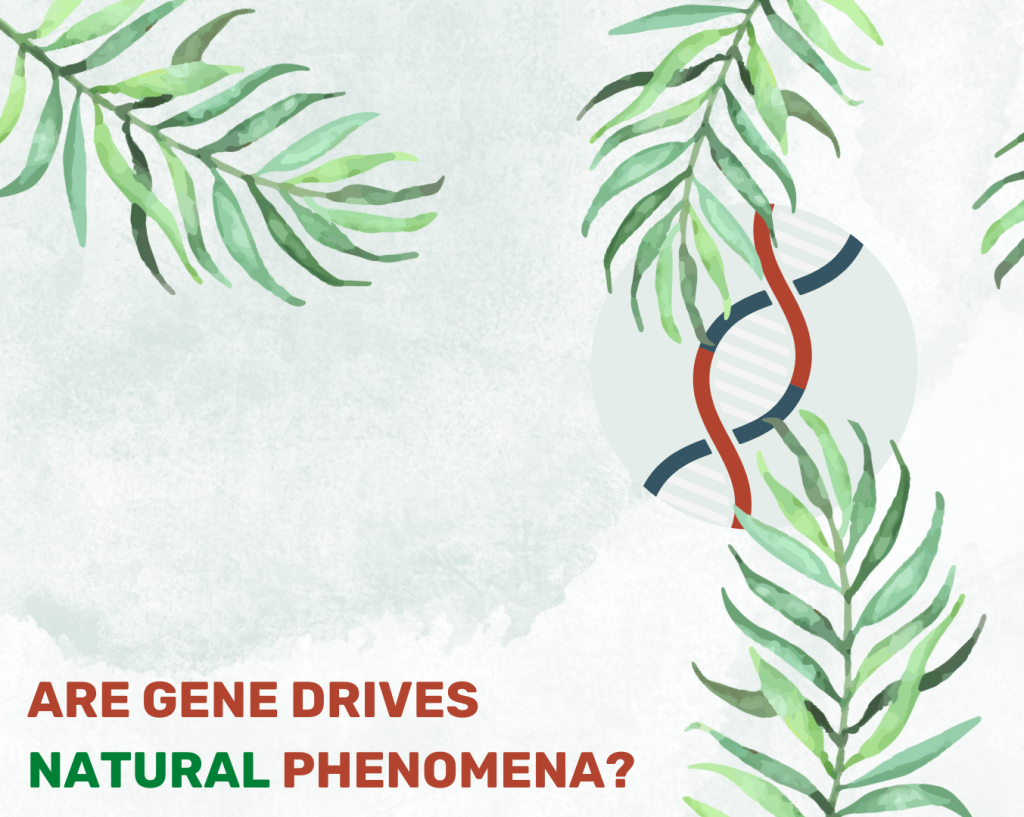Are gene drives natural phenomena?
One of the most commonly recycled arguments in the world of gene drive research is that gene drives are natural. More specifically, there has been an attempt in the public discussion to make it seem like there is no material difference between an engineered gene drive using CRISPR-Cas technology and a naturally occurring selfish genetic element (which are indeed found occasionally in nature).
Convincing the non-scientific public that there is little difference between a novel, laboratory-based genetic modification, altered to have a genetic trait based on purely human design or intention and an age-old, naturally evolved, evolutionarily beneficial phenomenon is perhaps one of the most useful tricks in the attempt to make gene drive technology more accepted by the public and policy makers. This attempt to change the definition of a gene drive to make it more publically palatable, extending the definition of gene drive to include both natural and synthetic phenomena, was made explicit with the publication of an opinion piece in 2020, penned by gene drive researchers Luke Alphey, Andrea Crisanti, Filippo Randazzo and Omar Akbari, titled ‘Standardising the definition of gene drive’.
A recent scientific letter written by Mark Wells and Ricarda Steinbrecher of Econexus, published in August 2022 in PNAS cell biology, explores these definitions and explains why this shift in definitions is important and cannot go unchallenged. They emphasises why it is particularly important to pay attention to the differences between natural selfish genetic elements and synthetic gene drives, especially in the context of the fraught and high-stakes political and regulatory debate around gene drives currently taking place. They argue that a narrower definition of gene drives is crucial in order to highlight the novelty of the technology- for example the unprecedented, permanent incorporation of homing genes into animals and irreversible genetic chain reaction that is started.
Read the letter from Mark Wells and Ricarda Steinbrecher in PNAS Cell biology here

